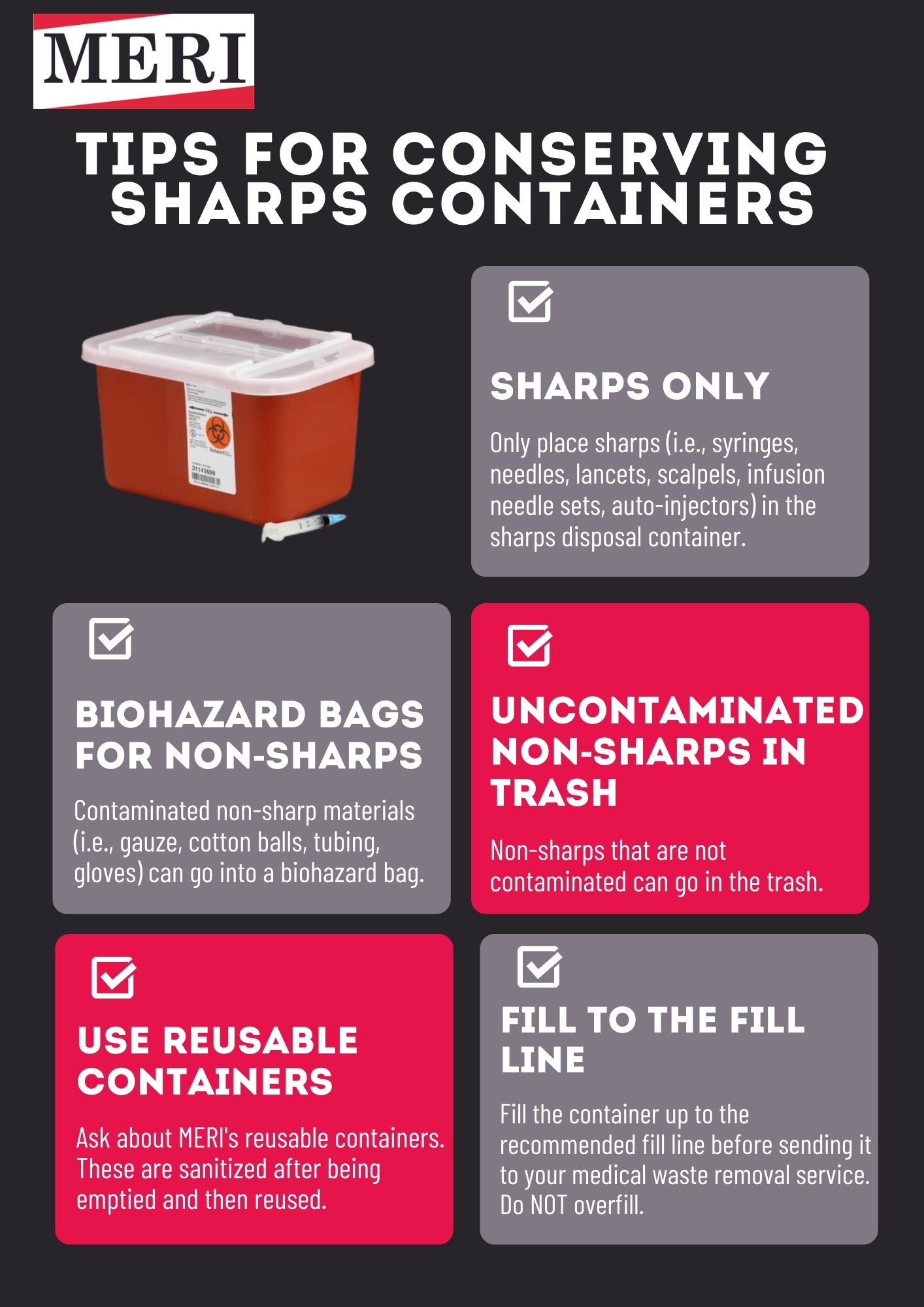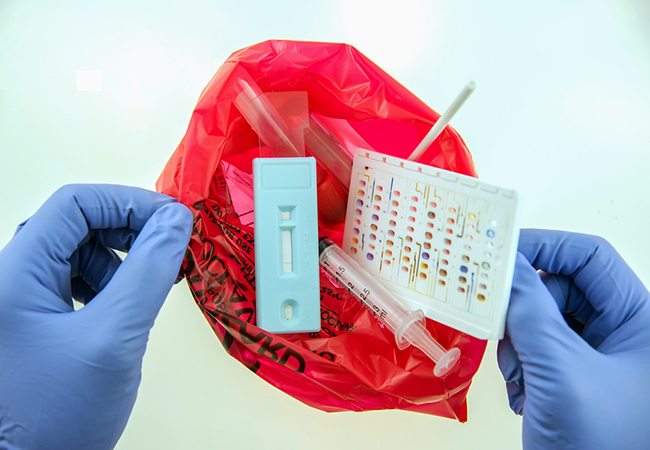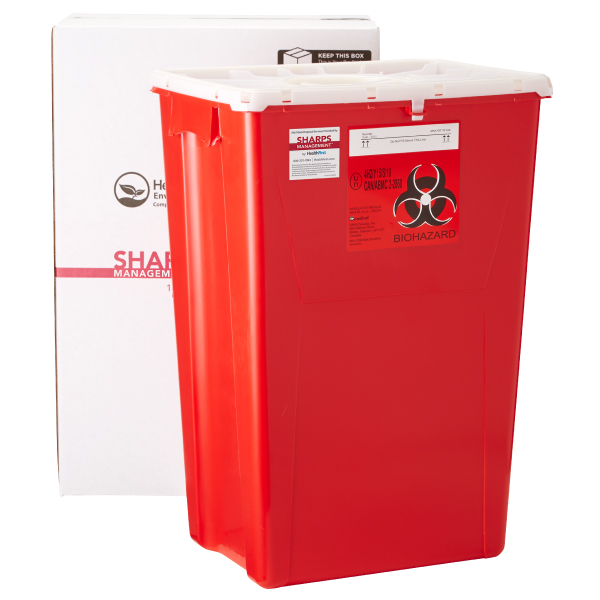Comprehending the Various Types of Waste Disposal Methods
In the world of waste monitoring, the range of disposal methods readily available today is vast and varied, each technique offering a distinctive purpose in attending to the obstacle of garbage disposal. click here. From recycling approaches that aim to provide brand-new life to products, to the intricate processes of unsafe waste management, the landscape of waste disposal is complicated yet vital for environmental sustainability. Recognizing the subtleties of these various techniques not only drops light on the relevance of responsible waste management but likewise triggers us to reconsider our strategy in the direction of garbage disposal in a rapidly developing world

Recycling Techniques
Recycling approaches are vital for sustainable waste management techniques in both commercial and property settings. medical waste removal. By applying effective recycling strategies, a substantial amount of waste can be drawn away from land fills, conserving natural deposits and decreasing the ecological effect of production processes
In residential locations, curbside recycling programs play an important duty in encouraging households to different recyclable materials from basic waste. Products such as paper, plastics, glass, and metals can be arranged and collected for handling into brand-new items, minimizing the demand for basic materials and energy-intensive production processes.
Industrial centers also depend on reusing techniques to decrease waste generation and promote a circular economy. By carrying out closed-loop systems, businesses can reuse products within their manufacturing processes, minimizing prices and environmental impact. medical waste removal. Furthermore, commercial recycling programs frequently include collaborations with specialized reusing facilities to guarantee that products are effectively sorted, processed, and rehabilitated right into the supply chain
Composting Strategies

Oxygenated static heap composting includes mixing natural waste products in a large stack and on a regular basis turning it to ensure correct oygenation. This method is reliable for massive composting operations. On the various other hand, vermicomposting utilizes earthworms to damage down raw material into nutrient-rich castings. This method is well-suited for smaller-scale procedures and homes.
In-vessel composting includes positioning organic waste in a closed container with regulated conditions for temperature level and aeration. This technique is effective for handling food waste in urban areas. Last but not least, windrow composting includes developing long rows of natural waste and on a regular basis turning them to promote disintegration. This method is frequently used in agricultural setups.
Land Fill Disposal
Garbage dump disposal is a typically used method for managing waste that can not be recycled or composted. Methane gas, a result of decaying natural waste in garbage dumps, is typically gathered and used as a source of eco-friendly power. Efforts to decrease reliance on land fills include advertising waste decrease, reusing, and checking out alternative waste disposal methods to decrease the ecological footprint associated with traditional land fill disposal methods.

Waste-to-Energy Incineration
Incineration of waste for energy generation is an approach progressively being taken into consideration as an alternative to standard landfill disposal methods. Waste-to-energy incineration entails the combustion of waste materials at high temperature levels, generally in specialized centers made to generate power or heat with the procedure - click here. This strategy not only lowers the volume of waste that would or else be destined for garbage dumps yet also takes advantage this of the warmth produced throughout incineration to develop energy
One of the crucial benefits of waste-to-energy incineration is its ability to produce power while reducing the environmental influence contrasted to conventional garbage dump disposal approaches. By transforming waste into energy, this method aids in lowering greenhouse gas emissions and reliance on nonrenewable fuel sources for power generation. In addition, waste-to-energy centers are equipped with advanced air pollution control innovations to minimize possible environmental pollutants released during the combustion process.
Hazardous Waste Administration

Taking into consideration the essential importance of liable waste monitoring techniques, specifically in the world of ecological sustainability, the focus now changes in the direction of the intricate domain name of Hazardous Waste Management. Contaminated materials poses substantial threats to both human wellness and the environment, demanding specific handling and disposal methods. Common instances of contaminated materials include chemicals, batteries, pesticides, and digital waste.
Harmful Waste Administration involves the recognition, collection, transportation, treatment, and disposal of products deemed potentially unsafe or dangerous. This process calls for adherence to stringent policies and standards to reduce adverse influences on communities and public health. Different methods are used in managing unsafe waste, including recycling, safe and secure garbage dumps, encapsulation, and chemical treatment.
Appropriate Hazardous Waste Administration is critical for protecting against contamination of soil, water sources, and air contamination. It is important for industries, laboratories, medical care facilities, and various other generators of contaminated materials to execute durable administration strategies, training programs, and emergency feedback plans to guarantee the safe handling and disposal of these products. Failure to handle unsafe waste appropriately can have significant effects, underscoring the value of attentive and responsible techniques in this field.
Final Thought
Finally, garbage disposal techniques play a critical role in managing and lessening the influence of waste on the setting. From reusing and composting to landfill disposal and waste-to-energy incineration, each method has its very own advantages and constraints. Proper management of contaminated materials is likewise vital to shield public health and the environment. It is very important for industries and individuals to understand the different waste disposal techniques available and choose one of the most appropriate method for lasting waste monitoring.
In the world of waste monitoring, the variety of disposal methods available today is vast and differed, each technique serving a distinctive objective in resolving the difficulty of waste disposal. click here. From recycling techniques that aim to offer brand-new life to materials, to the intricate processes of unsafe waste monitoring, the landscape of waste disposal is complicated yet important for environmental sustainability. Recognizing the subtleties of these different techniques not just drops light on the significance of responsible waste monitoring however also motivates us to reconsider our approach in the direction of waste disposal in a quickly developing globe
Efforts to reduce dependence on garbage dumps consist of promoting waste reduction, reusing, and exploring different waste disposal techniques to minimize the ecological footprint linked with conventional land fill disposal methods.
It is important for sectors and individuals to recognize the different waste disposal strategies available and pick the most appropriate approach for sustainable waste administration.